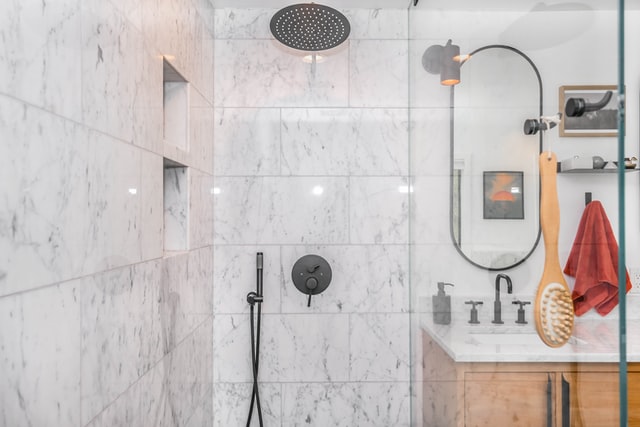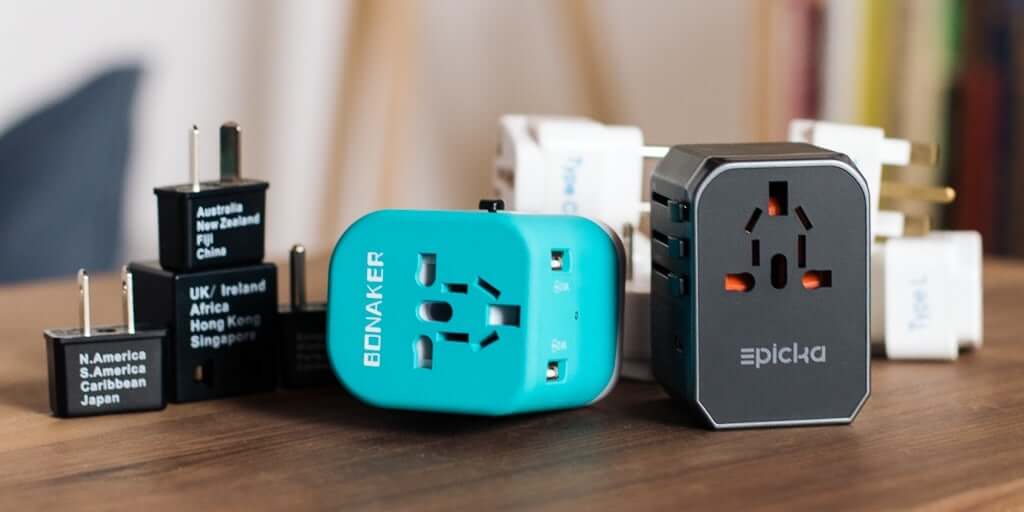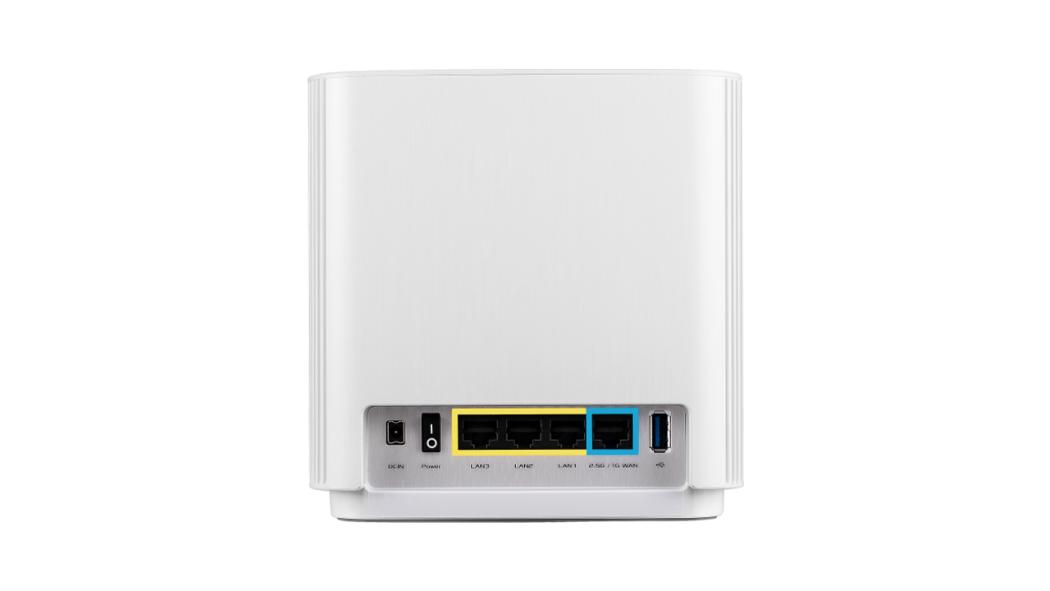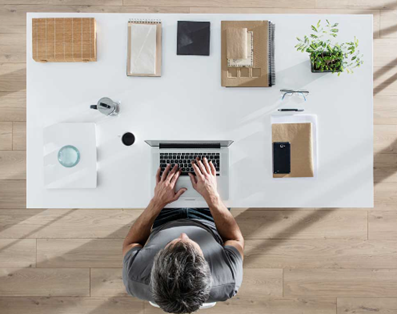Connecting a laptop to a TV screen via HDMI lets you enjoy content on a bigger display. Whether you’re streaming movies, giving a presentation, or gaming, this method offers a simple and effective solution. Knowing How to Connect a Laptop to a TV Screen helps you get the most out of your setup. In this guide, we’ll cover each step in detail—from preparing your devices to troubleshooting common problems—so you can enjoy a smooth and reliable HDMI connection.
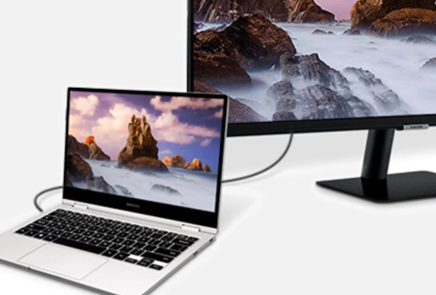
Prepare Devices for HDMI Connection
Before making the HDMI connection, ensure both your laptop and TV are ready. This involves locating the HDMI ports, selecting the right cable, and powering off both devices. Let's break down each step.
Locate the HDMI Port on Your Laptop and TV
Start by identifying the HDMI port on both your laptop and TV. On your laptop, this port is usually located on the sides or rear, often marked with the HDMI logo. Similarly, find the HDMI input port on your TV, typically located on the back or side. Once located, ensure both ports are accessible for easy connection. Knowing these positions will save you time and effort when it's time to connect the cable.
Choose a Compatible HDMI Cable
Next, select the correct HDMI cable for the connection. Ensure that the cable you choose supports the necessary video and audio signals. For most laptops and TVs, a standard HDMI cable is sufficient. However, if you're working with higher resolutions like 4K, ensure your cable supports HDMI 2.0 or higher. This ensures your display runs smoothly and delivers high-quality visuals and sound. Using a certified HDMI cable guarantees a stable connection for both video and audio.
Turn Off Both Devices Before Connecting
Make sure to power down both your laptop and TV before plugging in the HDMI cable. This precaution helps prevent any potential damage to the devices and ensures the connection is stable. Powering off both devices reduces the chances of a mismatch during setup. Once powered off, proceed to connect the HDMI cable without any interference. After connecting, you can power both devices back on, and the HDMI connection will be automatically detected.
Connect the HDMI Cable Properly
With your devices ready, it’s time to connect the HDMI cable properly. Follow these steps to ensure a secure and functional connection between your laptop and TV.
Insert the Cable into the TV and Laptop Ports
Now, insert one end of the HDMI cable into the HDMI port on your laptop and the other into the corresponding HDMI input port on your TV. Make sure both ends are firmly plugged in to avoid any loose connections. If your TV has multiple HDMI ports, remember which one you’re using, as you’ll need to switch to the correct input on the TV later. A solid connection is key to delivering a stable video and audio signal.
Switch the TV Input Source to HDMI
After connecting the HDMI cable, turn on your TV and set the input source to HDMI. Use your TV remote and press the "Input" or "Source" button to cycle through the available input options. Select the HDMI port you connected the cable to. You should now see your laptop's display on the TV screen. If the TV does not automatically detect the signal, double-check the HDMI cable and port for any issues before proceeding.
Confirm Signal Detection and Cable Stability
Once you've selected the correct input on your TV, ensure that the signal from your laptop is detected. Your laptop should automatically detect the TV as a secondary display. If the screen doesn’t appear, check the cable for any loose connections or try reconnecting both ends. Ensure the HDMI cable is intact and that the TV input source is correctly set. A stable connection ensures optimal performance without interruptions during use, whether for videos or presentations.
Adjust Laptop Display and Sound Settings
After connecting your laptop to the TV, it's important to adjust the display and sound settings for the best viewing experience.
Select Duplicate or Extend Display Mode
Once connected, your laptop may prompt you to choose between "Duplicate" and "Extend" display modes. "Duplicate" mirrors your laptop screen on the TV, while "Extend" gives you a larger workspace by extending your desktop onto the TV. Choose "Duplicate" if you want to show the same content on both screens, or select "Extend" if you want to have separate displays for multitasking. You can adjust this from your laptop’s display settings under “Display” options.
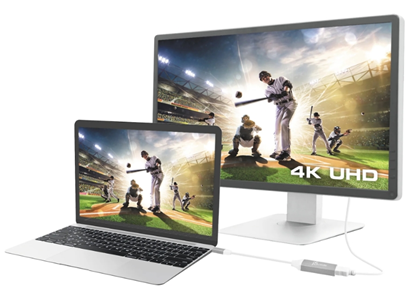
Set TV as the Default Audio Output
Next, you’ll need to configure the audio output. By default, your laptop might continue using its built-in speakers. To route sound through the TV, access the sound settings on your laptop and set the TV as the default audio device. This can be done from the "Sound" settings menu in your laptop’s control panel or settings app. Once set, your TV should automatically play sound from your laptop, enhancing the experience.
Adjust Screen Resolution for Best Fit
To ensure your laptop's display fits perfectly on your TV, adjust the screen resolution. Sometimes, the TV may not display your laptop’s screen at the optimal resolution. In your laptop’s display settings, adjust the resolution to match the TV’s supported settings, usually 1080p or 4K for modern TVs. This ensures the image appears clear and well-proportioned. Proper resolution also improves the overall visual quality, preventing any distortion or blurriness during viewing.
Troubleshoot HDMI Connection Problems
If you're facing issues with your HDMI connection, follow these troubleshooting steps to resolve them quickly.
Try a Different HDMI Port or Cable
If the signal isn't detected, first check the HDMI cable and port. Sometimes, ports can be faulty or cables may wear out. Try using a different HDMI port on your TV or a different HDMI cable. If you’re using an older cable, consider replacing it with a newer, higher-quality one to ensure better signal strength. Switching ports or cables can resolve many issues related to poor connectivity or signal failure.
Update Display Drivers on Your Laptop
Outdated or missing display drivers can cause connectivity issues when connecting your laptop to a TV. Visit your laptop’s manufacturer website or use the device manager to check for any available updates for your display drivers. Updating drivers ensures compatibility with modern TV standards and enhances the performance of the HDMI connection. Once updated, restart your laptop and reconnect to the TV. This often resolves issues related to resolution, sound, or display detection.
Reboot Devices and Test Alternative Configurations
Sometimes, a simple reboot can fix HDMI connection problems. Turn off both the laptop and the TV, wait for a few seconds, then power them back on. Reconnect the HDMI cable and check if the connection is stable. Additionally, test different HDMI settings, such as changing display modes or adjusting audio output. Rebooting both devices clears temporary glitches and often restores a stable HDMI connection, allowing you to proceed with seamless use.
Conclusion
Connecting your laptop to a TV screen via HDMI is a simple and effective way to enjoy larger displays for presentations, movies, or gaming. By preparing your devices, ensuring proper cable connections, adjusting display and sound settings, and troubleshooting any issues, you can enjoy a smooth and hassle-free experience. Whether you're using the TV for work or leisure, HDMI offers a reliable and high-quality connection for both video and audio. Follow this guide to ensure your devices are correctly set up for optimal performance.
FAQ
1. Why is my TV not detecting the HDMI signal?
If your TV isn't detecting the HDMI signal, check the cable and port connections to ensure they are secure. Make sure the TV input source is set correctly to the HDMI port you’ve used. Additionally, try rebooting both the laptop and the TV. If the issue persists, test the HDMI cable on another device or switch to a different HDMI port.
2. Can I use HDMI for both video and audio?
Yes, HDMI transmits both video and audio signals simultaneously. This makes it an ideal choice for connecting a laptop to a TV, as it eliminates the need for separate audio cables. Ensure that your TV is set as the default audio output device on your laptop to route sound through the TV.
3. Is there a difference between HDMI and HDMI ARC?
HDMI ARC (Audio Return Channel) is a feature designed specifically for audio systems. It allows audio to travel in both directions between the TV and other connected devices like soundbars or AV receivers. Regular HDMI transmits video and audio from the laptop to the TV, while HDMI ARC supports two-way audio communication.



